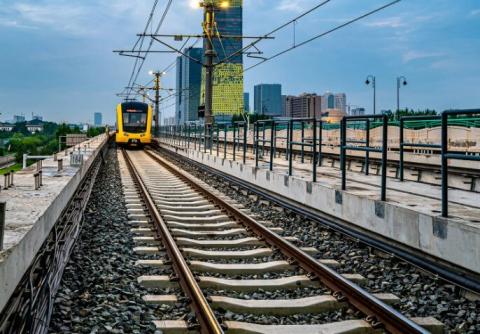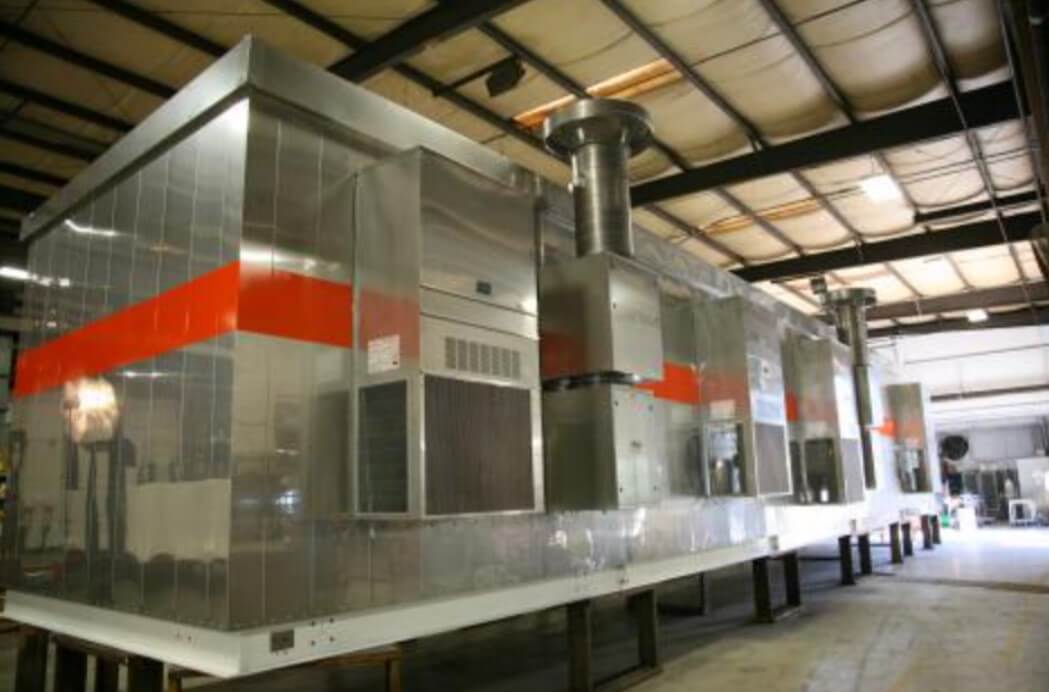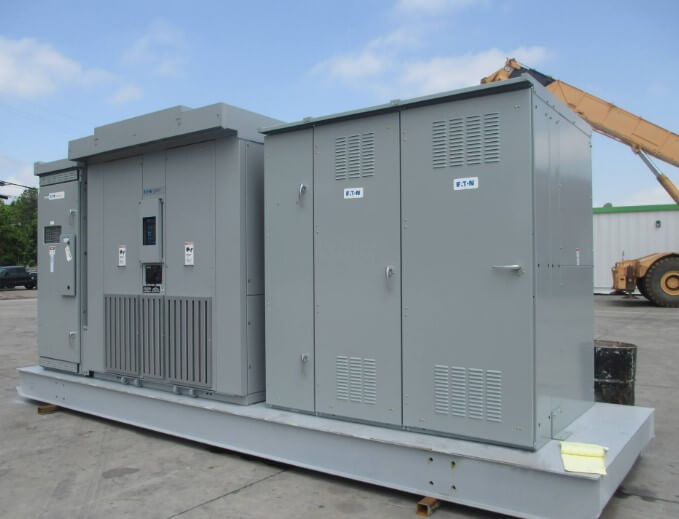
Railway systems are the lifeblood of modern transportation networks, connecting cities, countries, and economies. With millions of passengers and goods relying on these networks daily, ensuring their reliability is not just an operational necessity but a societal imperative. At the core of this reliability lies a complex interplay of technology, infrastructure, and human expertise. This blog will delve into the key factors that contribute to the reliability of railway systems and explore how Swartz Engineering plays a pivotal role in maintaining and enhancing this reliability.
Understanding Railway System Reliability
Railway system reliability refers to the ability of the entire railway network to perform its intended function without failure, consistently and over time. It encompasses various components, including the tracks, signaling systems, rolling stock (trains), and the power supply that drives these systems. Any failure in these components can lead to delays, accidents, or complete shutdowns, which can have cascading effects on transportation schedules, safety, and the economy.
The reliability of a railway system is measured by several key metrics:
- Availability: The percentage of time the system is operational and able to provide service.
- Maintainability: The ease and speed with which the system can be restored to operational status after a failure.
- Safety: The ability of the system to operate without causing harm to passengers, staff, or the environment.
- Dependability: The overall consistency of the system’s performance over time.
These metrics are crucial for railway operators, as they directly impact customer satisfaction, operational costs, and regulatory compliance.
Key Components of Railway System Reliability
- Track Infrastructure
The foundation of any railway system is its track infrastructure. Tracks must be meticulously designed, constructed, and maintained to ensure smooth and safe train operations. Key elements of track infrastructure include:- Rails: High-quality steel rails are essential for supporting the weight of trains and ensuring smooth motion. Regular inspection and maintenance are required to prevent wear and tear, which can lead to derailments or other accidents.
- Sleepers (Ties): Sleepers support the rails and help maintain the correct gauge (distance between rails). They must be made from durable materials such as concrete or treated wood to withstand environmental conditions.
- Ballast: Crushed stone or gravel placed under the sleepers helps distribute the load and provides drainage. Proper ballast maintenance is crucial for track stability. Regular track maintenance, including grinding, realignment, and replacement of worn components, is vital to maintaining the reliability of the railway system.
- Signaling Systems
Signaling systems are the nerve center of railway operations. They ensure that trains move safely and efficiently by controlling train movements and preventing collisions. Modern signaling systems are highly sophisticated, relying on a combination of hardware, software, and communication technologies. Key components include:- Signals: Visual signals, such as lights and semaphores, communicate instructions to train drivers. These signals are controlled by interlocking systems that ensure only one train is allowed to move in a particular section of track at a time.
- Train Detection Systems: These systems use track circuits, axle counters, or other technologies to detect the presence of trains on the tracks. This information is used to control signals and manage train movements.
- Centralized Traffic Control (CTC): CTC systems allow for remote control of signals and switches from a central location. This enables more efficient management of train traffic over large areas. The reliability of signaling systems is critical to preventing accidents and ensuring the smooth flow of trains. Regular testing, calibration, and upgrading of these systems are essential to maintain their reliability.
- Rolling Stock
The trains themselves, known as rolling stock, are another critical component of railway system reliability. Rolling stock includes locomotives, passenger cars, freight wagons, and other specialized vehicles. Ensuring the reliability of rolling stock involves several key factors:- Design and Manufacturing: High-quality design and manufacturing standards are essential to producing reliable rolling stock. This includes using durable materials, precision engineering, and rigorous testing.
- Maintenance: Regular maintenance is crucial to keep trains in good working condition. This includes routine inspections, cleaning, lubrication, and replacement of worn parts. Predictive maintenance, which uses data to anticipate and address potential issues before they cause failures, is becoming increasingly important in modern railway systems.
- Upgrades and Modernization: As technology advances, upgrading and modernizing rolling stock is essential to maintaining reliability. This can include retrofitting older trains with new safety systems, more efficient engines, or improved passenger amenities. By ensuring the reliability of rolling stock, railway operators can reduce the risk of breakdowns, delays, and accidents.
- Power Supply Systems
Many modern railway systems rely on electrification to power trains. The reliability of the power supply is, therefore, a critical factor in the overall reliability of the railway system. Key components of the power supply system include:- Substations: Electrical substations convert high-voltage power from the grid into the lower voltages required by trains. These substations must be robust and reliable, with backup systems in place to prevent power outages.
- Overhead Lines or Third Rail: The power is delivered to the trains via overhead lines or a third rail. These systems must be meticulously maintained to prevent failures, such as broken wires or short circuits, which can disrupt train operations.
- Energy Storage and Backup Systems: In some cases, energy storage systems, such as batteries or supercapacitors, are used to provide backup power in case of a grid failure. These systems must be carefully managed to ensure they are always ready to provide power when needed. The reliability of the power supply system is crucial to maintaining the continuous operation of electrified railway systems.

GET IN TOUCH
The ultimate solution for reliable power control! call us at 276-285-3841
The Role of Swartz Engineering in Railway System Reliability
Swartz Engineering has established itself as a leader in providing innovative solutions that enhance the reliability of railway systems. The company’s expertise spans various critical areas, including power supply systems, signaling, and maintenance technologies. Here’s how Swartz Engineering contributes to the heart of railway system reliability:
- Advanced Power Supply Solutions
Swartz Engineering specializes in designing and manufacturing advanced electrical power systems for railway applications. The company’s products, such as high-reliability substations, transformers, and energy management systems, are designed to withstand the demanding conditions of railway operations. By providing reliable power solutions, Swartz Engineering ensures that trains can operate without interruptions, even in challenging environments. Swartz Engineering’s power supply solutions are also designed with redundancy and backup capabilities, ensuring that any single point of failure does not lead to a system-wide outage. This focus on reliability is critical to maintaining the continuous operation of railway systems, especially in electrified networks. - Innovative Signaling and Control Systems
Swartz Engineering’s expertise extends to signaling and control systems, which are essential for safe and efficient train operations. The company develops state-of-the-art signaling solutions that incorporate the latest technologies, such as digital interlocking, remote monitoring, and real-time data analysis. These advanced signaling systems are designed to improve the reliability of railway operations by reducing the risk of human error, enhancing the accuracy of train detection, and enabling more efficient traffic management. By integrating these systems into the railway network, Swartz Engineering helps operators maintain high levels of safety and reliability. - Maintenance and Diagnostic Technologies
Predictive maintenance is a key strategy for improving railway system reliability, and Swartz Engineering is at the forefront of this approach. The company develops advanced diagnostic tools and systems that use data analytics, machine learning, and IoT (Internet of Things) technologies to monitor the condition of railway assets in real-time. These tools enable operators to identify potential issues before they lead to failures, allowing for proactive maintenance and reducing the risk of unexpected breakdowns. Swartz Engineering’s predictive maintenance solutions are designed to extend the lifespan of railway components, reduce maintenance costs, and enhance overall system reliability. - Customization and Integration Services
Every railway system is unique, with its own specific challenges and requirements. Swartz Engineering offers customized solutions tailored to the needs of individual railway operators. Whether it’s designing a specialized power supply system, integrating signaling technologies, or developing a comprehensive maintenance strategy, the company works closely with its clients to deliver solutions that meet their specific needs.
By offering customized and integrated solutions, Swartz Engineering ensures that railway systems operate reliably and efficiently, even in the most demanding conditions.
Challenges and Future Trends in Railway System Reliability
While significant progress has been made in improving railway system reliability, several challenges remain. These include aging infrastructure, increasing demand for rail services, and the need to integrate new technologies into existing systems. Addressing these challenges requires a combination of investment, innovation, and collaboration across the industry.
Looking to the future, several trends are likely to shape the evolution of railway system reliability:
- Digitalization and Automation
The digitalization of railway systems is transforming the way reliability is managed. Advanced data analytics, artificial intelligence (AI), and automation are enabling more precise control, monitoring, and maintenance of railway networks. These technologies are expected to play an increasingly important role in improving reliability. - Sustainability and Energy Efficiency
As the focus on sustainability grows, railway operators are looking for ways to reduce their environmental impact. This includes the adoption of energy-efficient technologies, such as regenerative braking and energy storage systems, which not only reduce energy consumption but also enhance the reliability of the power supply. - Resilience to Climate Change
Climate change poses new challenges to railway system reliability, with extreme weather events becoming more frequent and severe. Railway operators are investing in infrastructure upgrades and new technologies to make their systems more resilient to these challenges. - Integration of Emerging Technologies
Emerging technologies, such as hydrogen fuel cells, autonomous trains, and advanced communication systems, have the potential to revolutionize railway operations. However, integrating these technologies into existing systems will require careful planning and coordination to ensure that reliability is maintained.

GET IN TOUCH
The ultimate solution for reliable power control! call us at 276-285-3841
Conclusion
The heart of railway system reliability lies in the careful design, maintenance, and operation of the various components that make up the network. From track infrastructure to signaling systems, rolling stock, and power supply, every element must work together seamlessly to ensure the safe and efficient movement of trains.
Swartz Engineering plays a critical role in this complex ecosystem, providing innovative solutions that enhance the reliability of railway systems. Through advanced power supply systems, state-of-the-art signaling technologies, and cutting-edge maintenance tools, the company helps railway operators meet the challenges of today and prepare for the future.
As the demand for reliable railway systems continues to grow, the importance of companies like Swartz Engineering in maintaining and improving these systems cannot be overstated. By staying at the forefront of technological innovation and working closely with railway operators, Swartz Engineering is helping to ensure that the railway systems of tomorrow are even more reliable, efficient, and sustainable than those of today.
Conclusion
Electrical switchgear protection is a critical component of the railway industry's electrical infrastructure. It ensures the safety and reliability of power supply systems, protects valuable equipment, and minimizes the risk of accidents and service disruptions. Swartz Engineering, with its innovative solutions and commitment to quality, plays a pivotal role in advancing switchgear protection technologies for railway applications. As the railway industry continues to evolve, so too will the demands on switchgear systems, requiring ongoing innovation and adaptation to meet the challenges of the future.
Our Expert Services
Swartz Engineering provides top-quality products to meet our customers' needs. We also make sure our products work reliably and safely. Our products include:
- Type 76 DC Relay
- Type 82 DC Relay
- Swartz Engineering’s Type 64 Ground Relay
- Type 32 Reverse Current Relay
- Type 150 DC
- CSM Shield Monitor
- Metal Oxide Surge Arrestors
- Transducers
- MVIS SL Slim-line Contactor
- Fully-tested Power Control Rooms
- Swartz Engineering’s Portable Substations
CONTACT US
Take the first step towards powering up your operations! call us at 276-285-3841
